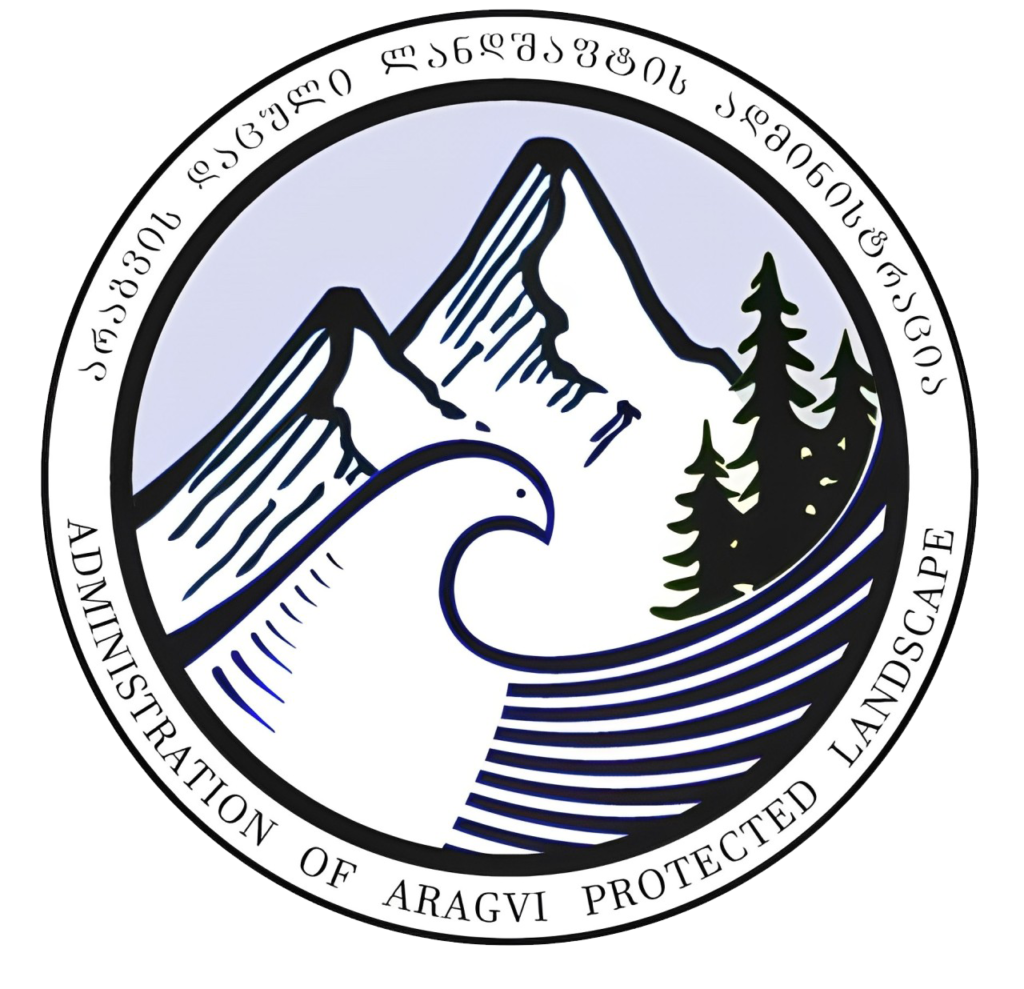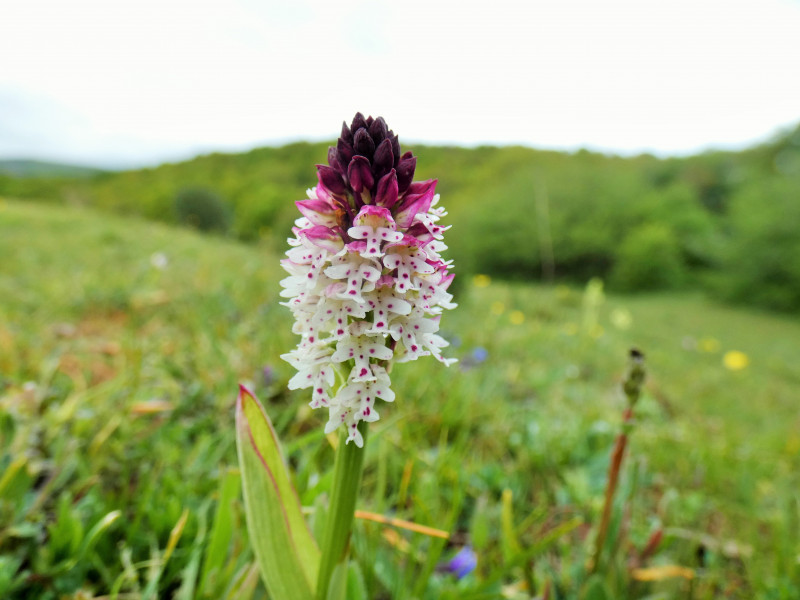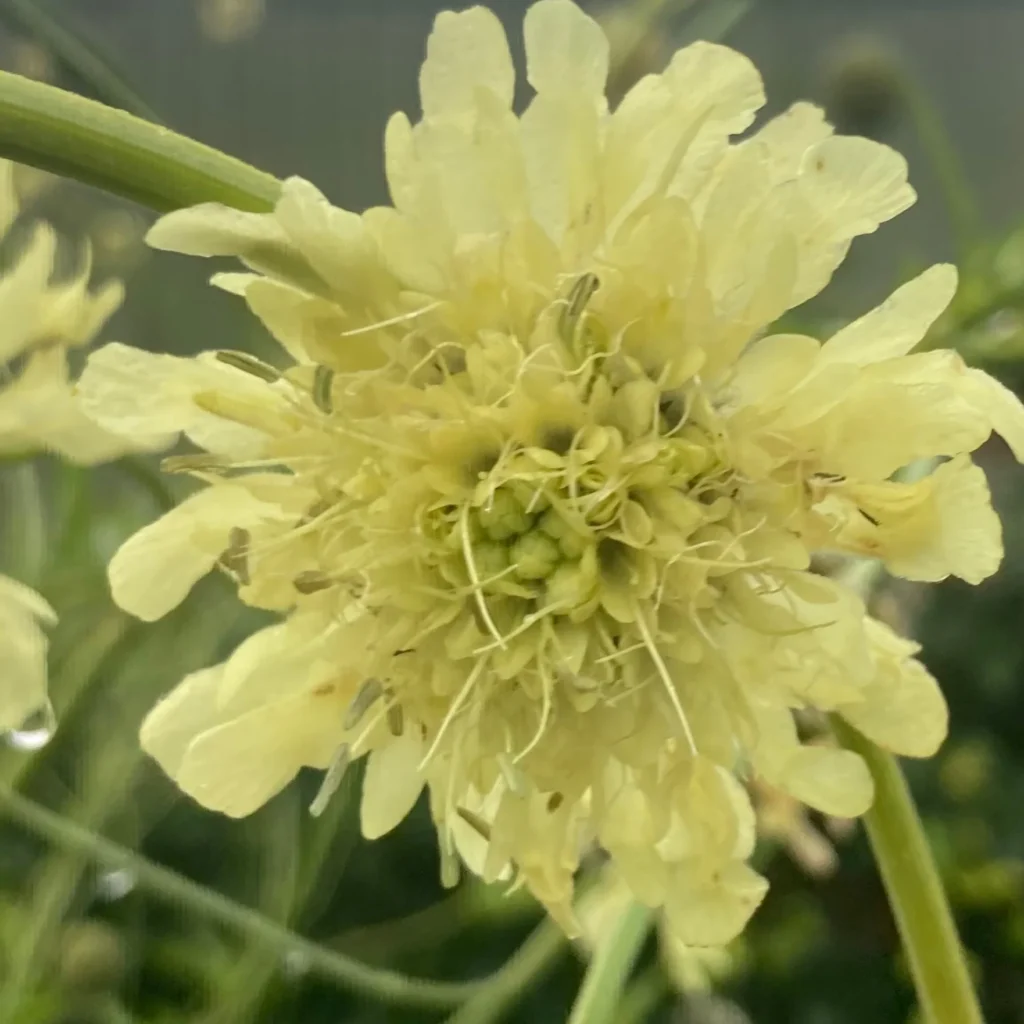
FLORA
The level of plant endemism in the Aragvi Protected Landscape is exceptionally high.
The flora of Pshav-Khevsureti includes 212 Caucasian endemic species—meaning that 8 out of the 17 plant genera endemic to the Caucasus are found here. As a result, 34.4% of the plant species present in Pshav-Khevsureti are Caucasian endemics.
The flora of the Aragvi Protected Landscape is particularly rich due to the area’s wide altitudinal range. While thermophilic plant species typical of the foothills of the Caucasus are found in the lowest parts of the landscape—around 1,000 meters above sea level on the southern slopes of the Sharakhevi Valley—rare species of orchids can be encountered in the meadows and pastures at mid-elevation mountain zones. Many alpine species characteristic of the highest parts of the Greater Caucasus Range occupy their habitats in subalpine, alpine, or subnival vegetation zones.

The flora of the Aragvi Protected Landscape has not yet been fully mapped in detail.
Species such as Orchis ustulata and the parasitic Phelypaea coccinea, which grow just a few hundred meters outside the protected area, may very well be present within its boundaries. Orchis caucasica and O. mascula ssp. longicalcarata occur sporadically in low-elevation mixed oak-hornbeam forests. While Gentiana cruciata and G. septemfida are commonly found in traditional mountain pastures, representing typical meadow flora, Anacamptis pyramidalis is among the rarest and most threatened species in this type of habitat.
Fern species such as Asplenium viride and Phyllitis scolopendrium, which are found in forested areas, indicate calcium-rich soils and bedrock. Matteuccia struthiopteris forms an understory layer in well-preserved, ungrazed alder floodplain forests along the Pshavi Aragvi River and some of its tributaries. The early spring aspect of wet subalpine meadows is marked by Primula algida and Trollius patulus, which bloom in a brief window following snowmelt.
Species such as Gadelia (Campanula) lactiflora, Senecio platyphylloides, Cephalaria gigantea, and Gentiana asclepiadea are characteristic representatives of species-rich subalpine tall-herb meadows. These plants often extend from the subalpine zone into the montane belt, particularly along avalanche-prone slopes. Valeriana tiliifolia, Telekia speciosa, and Heracleum sosnowskyi are commonly found in moist forest openings or along streams, while Swertia iberica grows along small streams and spring-fed areas within the subalpine vegetation zone.
The presence of Rhododendron caucasicum (white rhododendron) typically indicates low grazing pressure. It appears in large, more or less continuous patches on northern slopes at elevations between 2,200 and 2,800 meters. Rhododendron luteum (yellow rhododendron) often forms a dominant understory layer in locally open subalpine birch forests.
Numerous species from the genera Campanula, Saxifraga, and Draba can be found in the alpine zone—particularly in rocky and scree habitats and so-called alpine turf carpets. These include emblematic examples of Caucasian endemics, such as Pseudovesicaria digitata. Another iconic species, Scabiosa caucasica, emblematic of the central and eastern Caucasus, regularly occurs in grazed subalpine and alpine meadows.

The species mentioned above represent only a very small fraction of the rich and diverse flora of the Aragvi Protected Landscape.